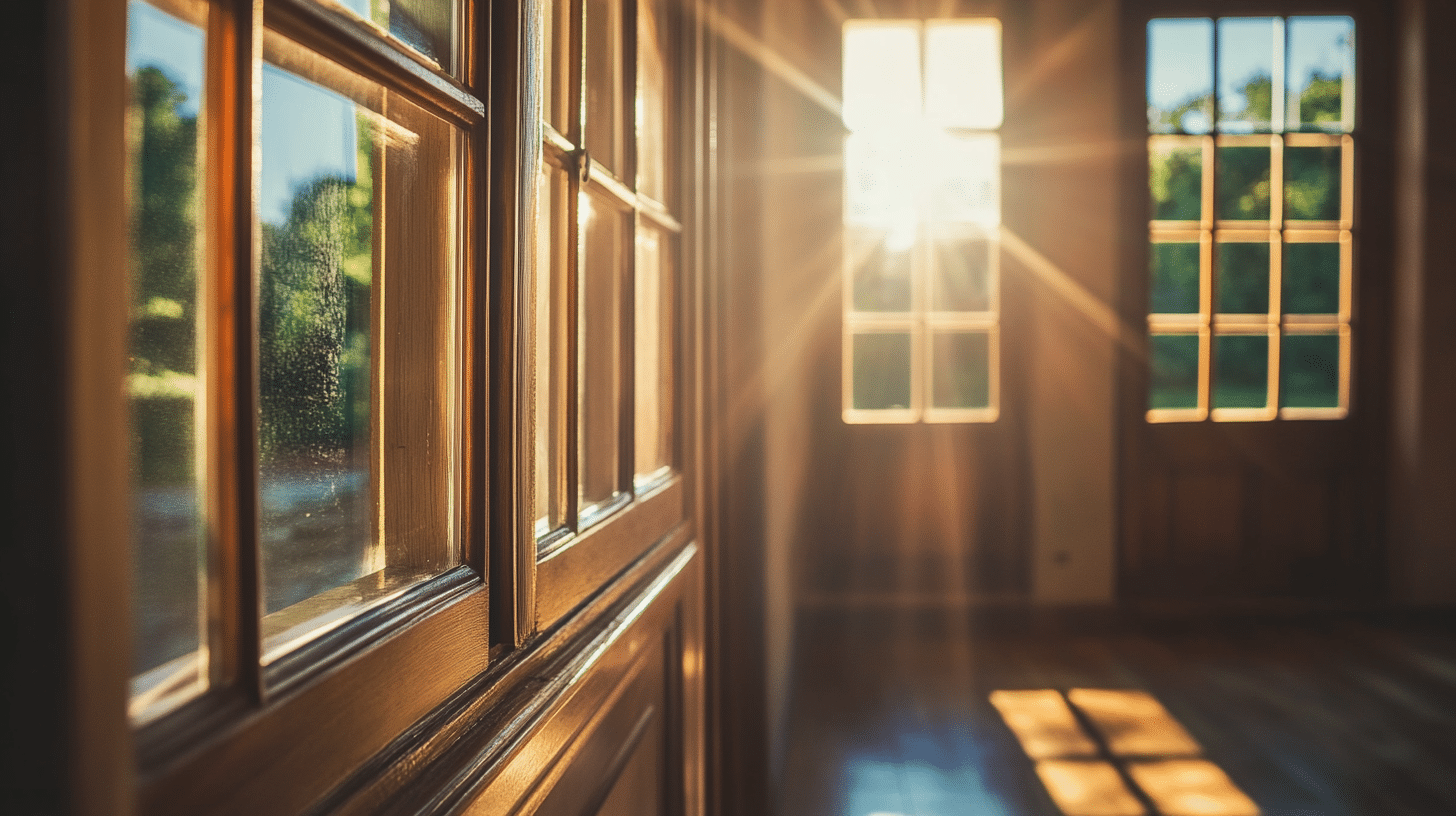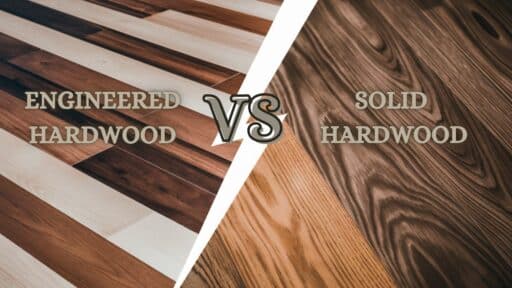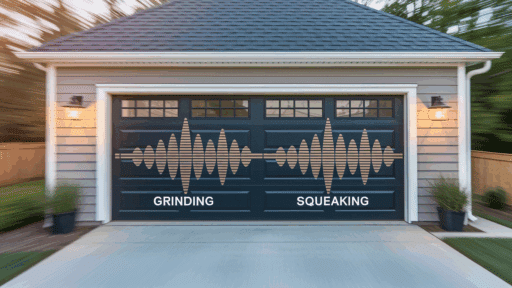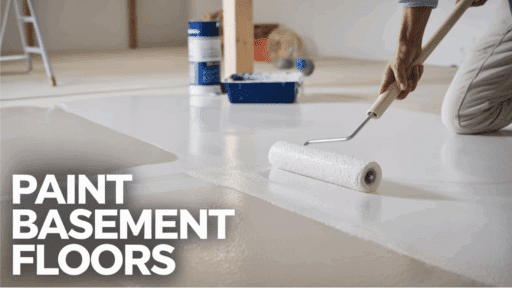Selecting new windows for a home or building project requires you to compare many options to find the best fit. Beyond just window types, the manufacturer itself influences quality, pricing, service and overall value greatly. Reputable brands ensure optimal products that fit your unique needs and budgets.
In this guide, we’ll be discussing some key considerations to find the best window manufacturing partners. When you put in some effort in picking the right manufacturer, you’ll enjoy safety, sustainability, and comfort for years to come. Let’s get into it!
Understanding Window Types
Most window manufacturers have a wide range of operating styles, materials and functionalities. You should consider intended use of the windows to find the best options.
Common core window types include:
Double Hung: Most popular and traditional style, ideal for allowing balanced air flow. Both top and bottom halves of these windows open via counterbalancing sash weights.
Casement: Side-hinged windows that swing open and close using hand cranks. They offer full ventilation when fully extended.
Sliding: Horizontal sliding panels that do not extend into the outside. Convenient option for spaces with limited openings.
We also suggest you consider additional elements like custom architectural shapes, glass types and structural reinforcements.
Energy-efficient coating and tints should be assessed based on climate considerations like managing intense light or insulation needs. It is important to discuss personal project requirements to determine ideal pairings.
Researching Manufacturers
Many domestic and international brands manufacture residential and commercial windows. Begin researching options by:
Consult industrial directories for lists of reputable window and door suppliers. Company longevity and major market share can help you understand more about the manufacturer.
Check consumer review sites for candid customer feedback. It is always ideal to favor brands that show consistent positive experiences overall.
Evaluate any industry certifications like American Architectural Manufacturers Association (AAMA) accredited products or ENERGY STAR high efficiency rating. Awards recognizing safety and innovations are also authoritative benchmarks.
Shortlist potential brands that promote manufacturing transparency, third-party testing and backing of products not just marketing claims.
Assessing Product Quality
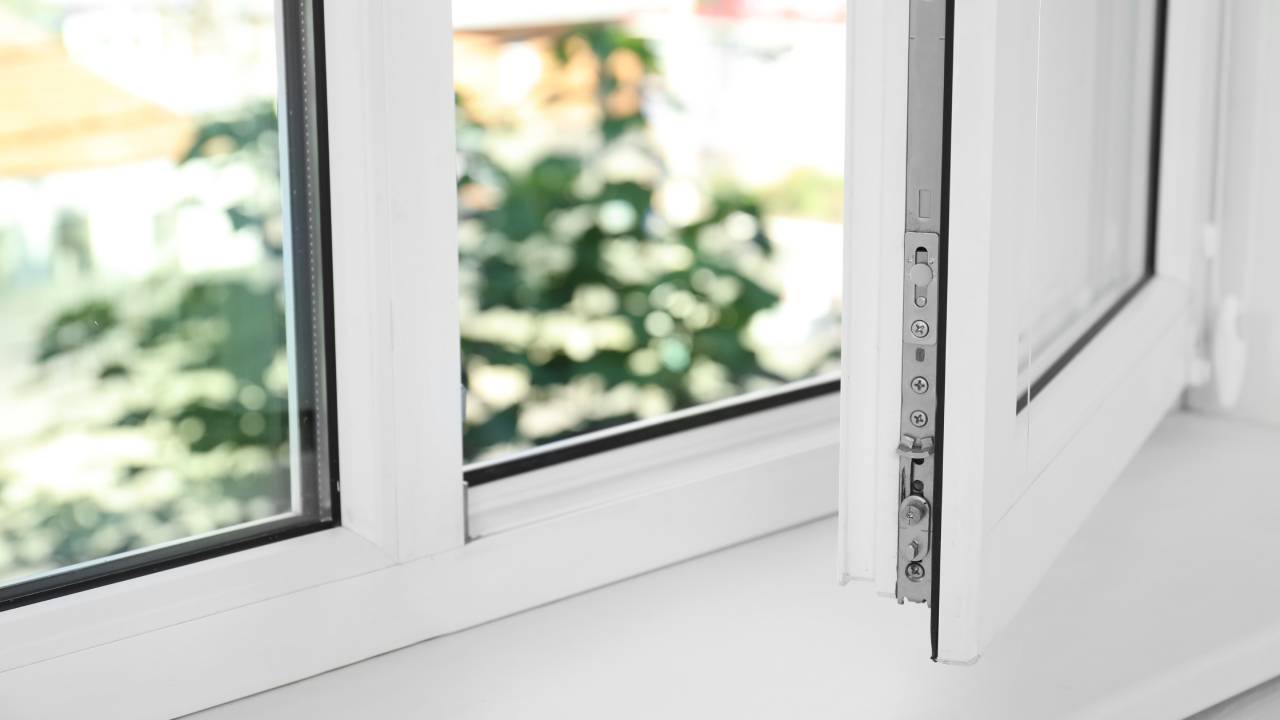
When you’re in the market for a window with better construction quality, it requires you to dig deeper into material sources, fabrication methods and stability of components.
Look for a window manufacturer that focuses on design innovations and craftsmanship standards. This ensures you get high-quality products without requiring replacement soon.
Ask for product sample displays when possible to personally assess hardware functionality and installation methods. Windows that feel lightweight or flimsy indicate lower long term viability.
A reliable window unit moves smoothly, offers weatherproof seals, and uses high performance attachments.
Comparing Pricing and Value
Different window needs like multiple sizes, building types and volumes can impact overall budget. This makes uniform cost comparisons difficult. Always obtain quotes for your specific project.
Rather than just focusing on bottom line numbers, consider factors influencing investments like:
Materials: More durable metals, woods and composites come at higher premiums. But they extend product life span by 5-10 years over cheaper vinyl or synthetic options.
Efficiency level: Triple pane glass, argon gas filled units with extra insulation maximize energy savings down the road. This can justify extra upfront costs.
We suggest you analyze true value projections to make the most sensible purchasing decisions. Weigh lifetime savings against short term sticker prices for your situation’s best outcome.
Local vs Global Manufacturers
You’ll encounter two tiers of brands: regional players versus large national corporations. Each offers respective advantages that you must consider.
Local manufacturers understand your building style needs and norms to provide you with recommendations. Quicker access also allows hands-on project collaboration. Supporting neighboring businesses can help you boost local economies too.
However, smaller local manufacturers may lack economies of scale for sourcing deals on cutting-edge machinery and specialty materials.
On the other hand, global brands such as Mannlee have huge product catalogs with hundreds of window types. And, these great bulk supplier partnerships grant advantages for customers. They provide high-quality products at minimal costs to compete in the global market.
Customer Service
Asking the right questions ensures you choose window brands that provide exceptional support from purchase to installation and beyond:
What communication and order accuracy rates do they uphold? Mistakes and confusion costs customers precious project time.
Do they offer installation services as well? Having the same company handle the entire window replacement process streamlines workflows significantly.
How responsive are they addressing post-installation issues? Even quality products sometimes need tweaks and tune-ups long term. Tech assist matters.
A reliable manufacturer assigns individual project managers to maintain clear communication with your team throughout each phase.
Sustainability and Eco-Impact
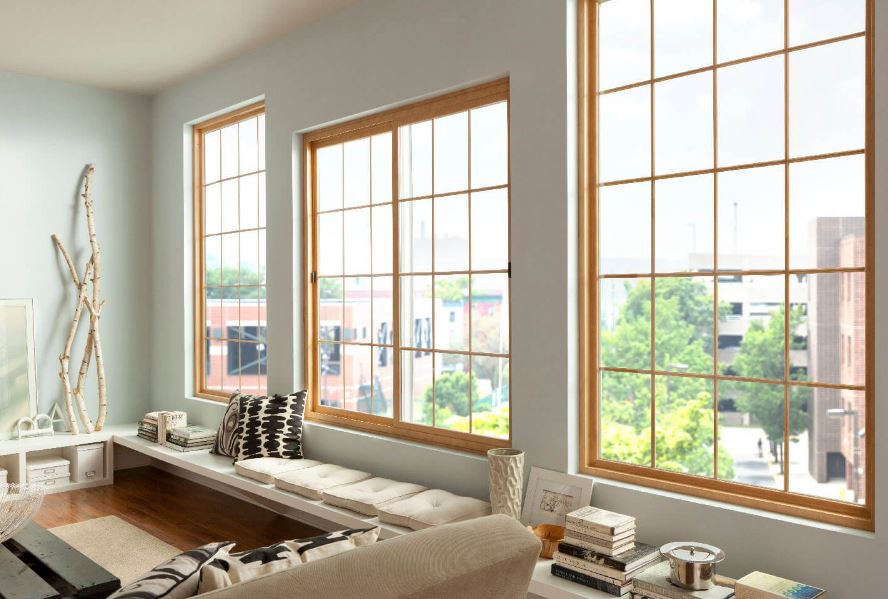
Today’s windows can have major eco-footprints. From material sourcing and manufacturing practices to expected life spans, it’s essential to consider your window’s sustainability.
Seeking eco-friendly brands offers ways to minimize your project’s environmental impact. Here’s what you should focus on:
Eco-friendly materials: Whether wood, vinyl or metal, certain brands stick to ethical harvesting and composition standards for acquiring components. Ask manufacturers about sourcing transparency commitments for items like lumber and glass production waste reductions.
Energy-efficient offerings: Many providers now engineer standard windows and custom architectural shapes specifically designed to meet ENERGY STAR ratings. Such products are tested to save substantial costs long term through optimized insulation ratings and solar heat management properties.
Conservation commitments: Exploring business initiatives provides insight into overall green visions, or lack thereof. What energy conservation, waste reduction or recycling goals do they actively invest in companywide? Such values ultimately influence manufacturing.
Conclusion
Ultimately, choosing the right window manufacturing partner demands complete analysis through diverse factors. These include budgets, aesthetics, efficiency, and the brands themselves. Don’t just compare the unit specs. Define a set priority around elements like cost targets, desired features, and project complexity.
After this, perform thorough research on materials, sourcing and support systems. Make sure that the manufacturer can achieve the specific goals for the property.
This guarantees the highest level of satisfaction through long-lasting and well-designed window installations that make interiors healthier and brighter for decades to come.


